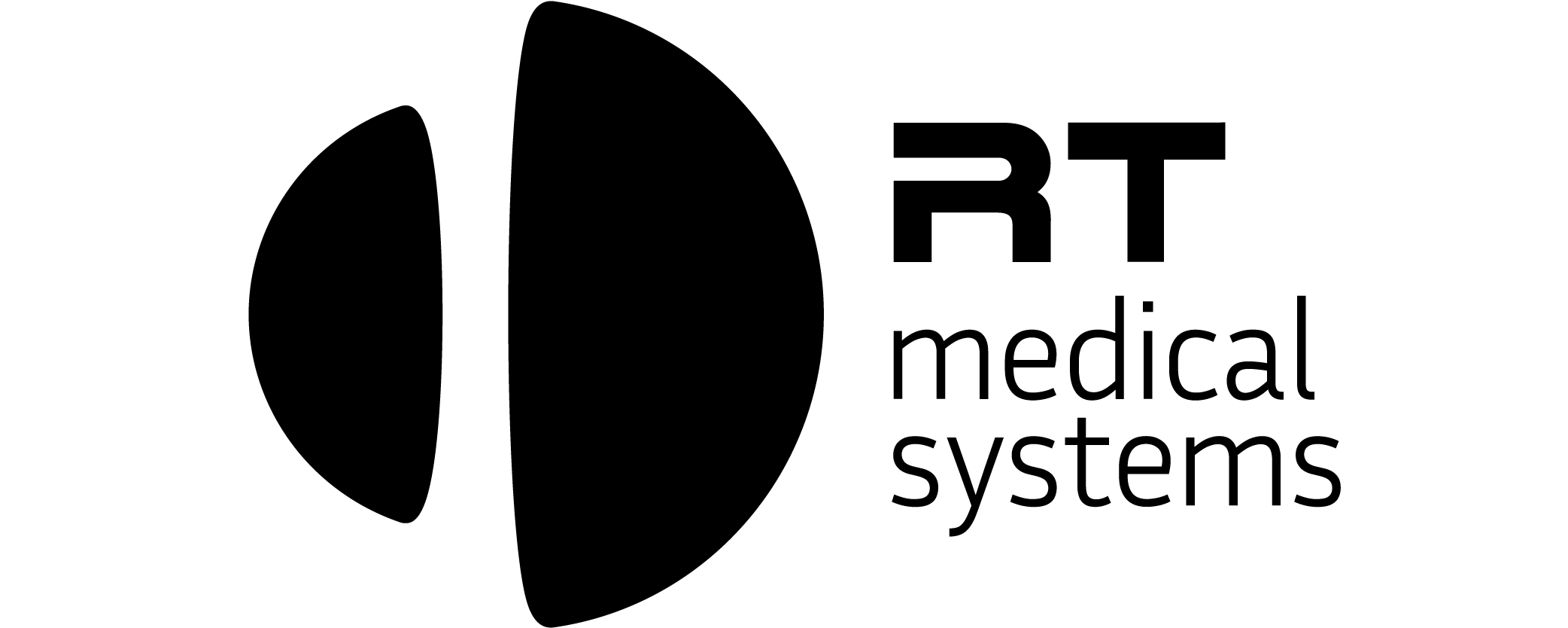Medical imaging plays a crucial role in diagnosing and treating various illnesses and conditions. The introduction of Picture Archiving and Communication Systems (PACS) has revolutionized the way medical images are stored, managed, and interpreted. PACS technology has significantly improved the efficiency and accuracy of medical imaging, making it an essential tool in modern healthcare.
One of the key benefits of PACS technology is the ability to store medical images electronically. This eliminates the need for physical film storage, which can be time-consuming and difficult to manage. With PACS, images can be quickly and easily accessed from anywhere within the healthcare facility, saving time and improving patient care.
Another benefit of PACS technology is its ability to enhance the accuracy of medical imaging. With PACS, images can be viewed in high definition and with multiple viewing options, such as zooming and panning. This allows healthcare providers to get a more comprehensive view of the image and make more accurate diagnoses.
PACS technology also enables better collaboration between healthcare providers. With PACS, images can be easily shared between departments, allowing for improved communication and more efficient treatment planning. This can lead to faster and more accurate diagnoses, as well as improved patient outcomes.
In addition, PACS technology has made it easier to maintain records and track patient history. With all images stored electronically, healthcare providers can easily access a patient’s history and track changes in their condition over time. This can be especially beneficial for patients with chronic conditions, as it allows healthcare providers to monitor their progress and adjust treatment accordingly.




